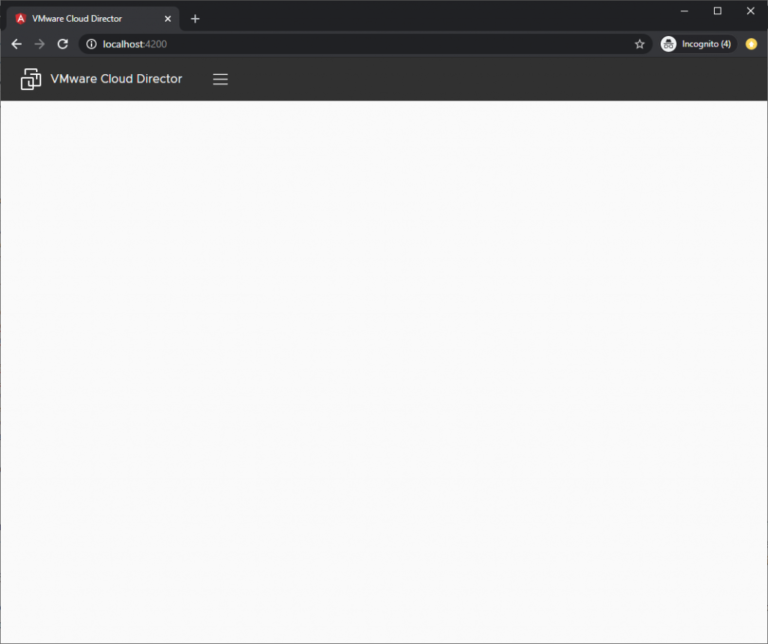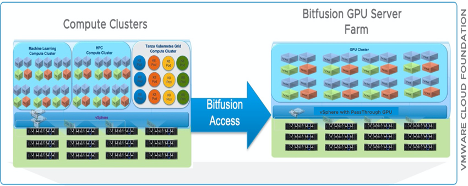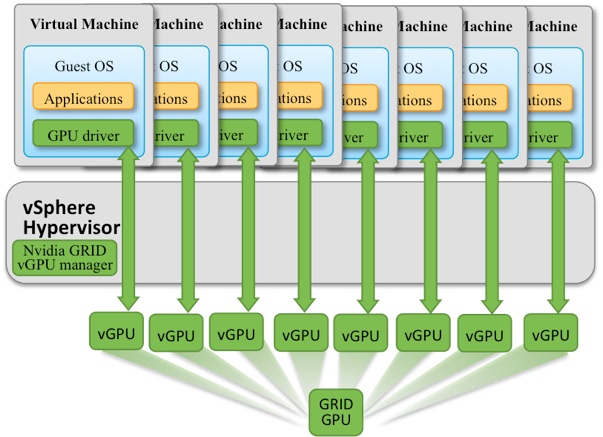Microsoft SQL Server is one of the business-critical applications most commonly virtualized on VMware vSphere. It’s no wonder as there are numerous benefits to running SQL Server workloads on vSphere on premises or in the cloud with VMware Cloud on AWS. It allows for simultaneously optimizing compute resources through server consolidation, while maintaining application flexibility. In addition, vSphere vMotion enables seamless migration of virtual machines (VMs) containing SQL Server instances between ESXi hosts servers and between data centers, vSphere Distributed Resource Scheduler™ (DRS) dynamically balances SQL Server workloads between ESXi hosts, and vSphere High Availability (HA) keeps applications continuously available. Combining vSphere HA and vMotion with native SQL Server cluster capabilities, such as Always On Availability Groups (AG) or Failover Cluster Instances (FCI), is fully supported and enables architecture design with the highest possible SLAs
The Persistent Memory (PMem) feature introduced in vSphere 6.7, significantly accelerates the performance of SQL Server workloads. The PMem technology layer provides the performance of memory (DRAM) with the persistence of traditional storage. Read Accelerating Applications Performance with Virtualized Persistent Memory to learn more.
VMware regularly updates best practices and guidelines for hosting instances of SQL Server in virtual machines, with the most recent version providing guidance on vNUMA considerations, PMem, vSAN and other vSphere 6.7 functionality. Read Microsoft SQL Server on vSphere Best Practices for advice on designing and implementing the most effective SQL Server deployment.
With the introduction of VMware Cloud on AWS enterprises now have an option to extend the vSphere hosting platform beyond on-premises datacenters into public cloud while maintaining the same toolset and user experience and without the need for modification of SQL Server or virtual machine configurations. VMware Cloud on AWS is ideal for SQL Server cloud use cases, including Disaster Recovery, Cloud Migration, and Hybrid Cloud Datacenter extension. To learn more about architecting SQL Server workloads on VMware Cloud on AWS, read Microsoft SQL Server Workloads and VMware Cloud on AWS: Design, Migration and Configuration.






